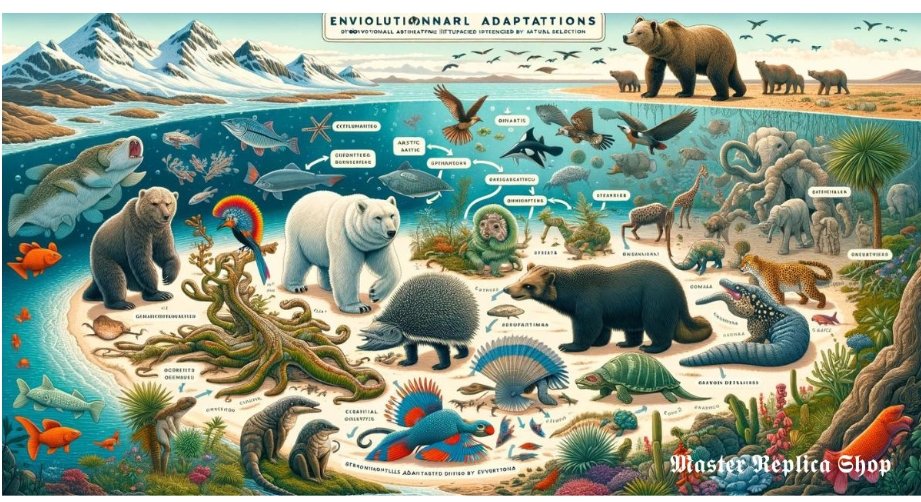Introduction to Evırı
Evırı, a term derived from Ernst Haeckel’s foundational work in 1866, refers to the study of how organisms’ physical forms and behaviors are sculpted by their environmental interactions and evolutionary processes. This concept provides a profound insight into the adaptive strategies that species develop in response to their ecological niches. Through the lens of Evırı, we can appreciate the intricate dance of adaptation and survival that characterizes the natural world.
Key Aspects of Evırı
- Environmental Adaptation: Organisms evolve not in isolation but in tight interplay with their surroundings. Structures and behaviors are honed over countless generations to turn environmental challenges into survival advantages.
- Natural Selection: This is the engine of adaptation, where only those traits that confer a survival advantage are likely to be passed on to succeeding generations. Natural selection filters the genetic pool, shaping organisms to fit their ecological roles as efficiently as possible.
- Habitat Influence: The type of environment—be it arctic cold, desert aridity, or tropical richness—demands specific adaptations, which are manifested in the diverse forms and behaviors observed across the biosphere.
- Case Studies and Morphology: Real-world examples, from the camouflaged insects of the rainforest to the streamlined bodies of aquatic mammals, vividly illustrate the principles of Evırı. These case studies not only highlight successful adaptations but also help explain why certain evolutionary paths are taken.
- Ecosystem and Genetic Dynamics: Evolution does not occur in a vacuum. The interconnectedness of ecosystems means that changes in one species can influence the evolutionary trajectory of others, mediated by the genetic variations that provide the raw material for evolution.
- Behavioral and Physiological Adaptations: Adaptation extends beyond physical form; behaviors and internal physiological mechanisms also evolve to allow organisms to better manage the resources and dangers of their environments.
- Human Impacts and Conservation: Human activities are reshaping evolutionary pathways at an unprecedented rate. Conservation efforts are critical to preserving natural evolutionary processes and the biodiversity that results from them.
- Technological Advancements: Cutting-edge technologies, such as CRISPR and environmental DNA (eDNA), are revolutionizing our understanding of how evolutionary processes occur and can be observed.
The Ongoing Saga of Life’s Adaptations
Evırı encapsulates the dynamic and continuous nature of evolutionary change. As environments undergo shifts—whether through climatic cycles, geological events, or human influence—organisms must also shift, either adapting in place or facing extinction. This ongoing saga highlights not only the resilience and creativity of life but also its fragility and interdependence.
Challenges and Future Directions in Evırı Research
While Evırı provides a robust framework for understanding adaptation, numerous challenges remain. These include disentangling the genetic basis of adaptation, predicting evolutionary futures in changing climates, and managing human impacts on natural selection. Future research, empowered by technological advances and deeper ecological insights, promises to further unravel the complexities of Evırı, offering new ways to protect and nurture the diversity of life on Earth.
Conclusion: Embracing the Complexity of Evırı
The study of Evırı offers a window into the profound interconnectedness of life and its environments. As we advance our scientific and technological capabilities, our understanding of these relationships deepens, reminding us of our own role within this complex web. By embracing the principles of Evırı, we can forge a future that respects and preserves the intricate ballet of adaptation that life on Earth performs—a ballet that sustains us all.

